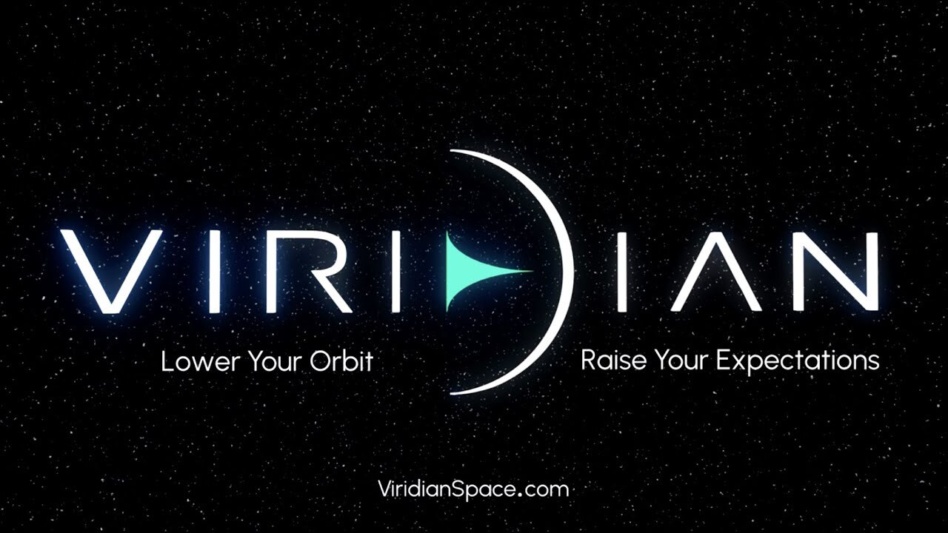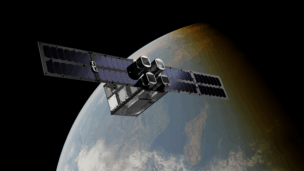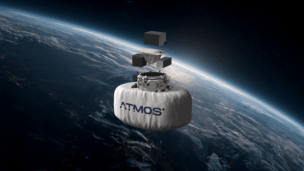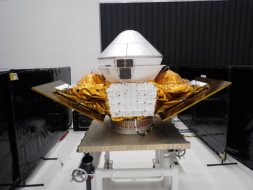Viridian Space Corporation has won a $1.7M Phase II SBIR award from the Defense Department to keep developing air breathing propulsion tech for sats in VLEO.
The award shows the military is thinking seriously about propulsion in VLEO, which is an orbital band close to Earth that offers significant advantages for national security space missions—if industry can solve the drag problem to keep sats in orbit.
Deep breath: Air-breathing propulsion works exactly as it sounds. The satellites fly between 150km and 500km in altitude, and use oxygen in the upper atmosphere for fuel. Viridian is looking at using the tech in two ways, Slava Spektor, Viridian CEO, told Payload:
- Allowing satellites to stay for longer periods of time in VLEO, where atmospheric drag can pull spacecraft back to Earth relatively quickly;
- Allowing satellites to maneuver without regret as they can fuel up on air in VLEO, maneuver to other orbits, then return to VLEO to refuel as needed.
Customer base: Since the spacecraft are closer to Earth, being in VLEO opens the door for better imaging and lower-latency comms—both things that could benefit the national security space community. But the ability to maneuver without fuel concerns offers a special advantage to military planners, who could use the tech to move satellites around to keep them harder to spot and track, Spektor said.
“When you plan a mission, you have to be careful of maneuvers because you’re using up propellant you may need later even more,” he said. “We’re basically solving that problem…You basically don’t need to worry about that, and can move wherever you need to go and refuel.”
Outside of the military, Spektor predicted comms could be a key customer base for the company, due to that market’s potential.
“It seems like there is a bit of a lull in EO, for commercial purposes. I’m hearing that market may be getting to the point of saturation,” he said. “But comms seems to be a very big market.”
What’s next: Under the AFWERX SBIR contract, Viridian will be able to put together the pieces of the propulsion system and test-fire it on the ground over the next two-ish years. Looking further ahead, the startup is expecting to test some (but not all) of its tech in space by 2027, with a full on-orbit demo to follow, Spektor said.




